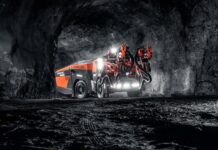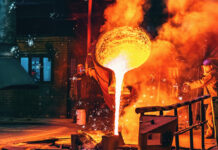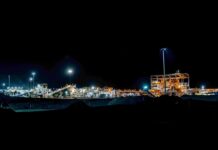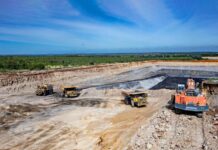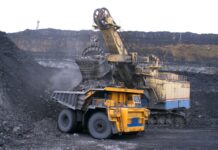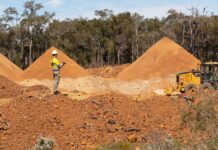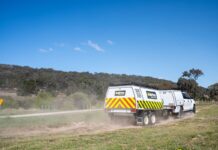UNSW exploring green metals manufacturing methods
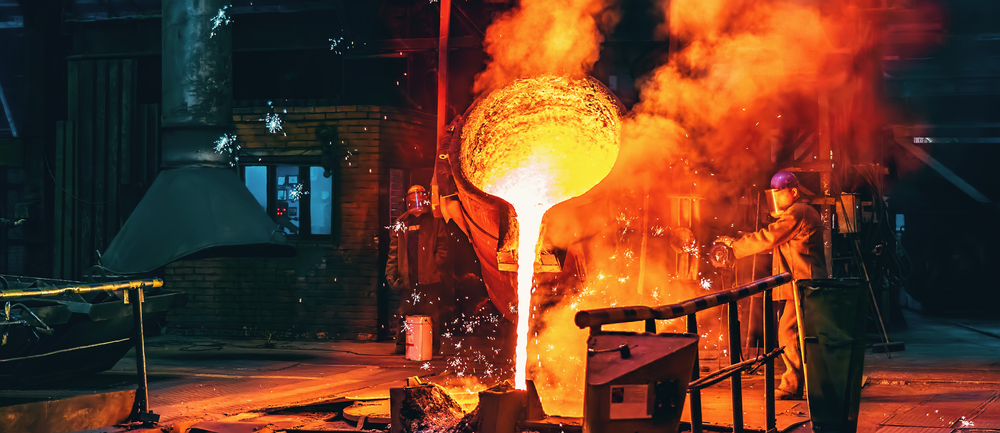
The University of NSW SCoPE Lab for Green Metals is leading research to develop scalable low-cost and low-emission ironmaking technologies with a blast furnace innovations project.
The manufacturing of iron and steel, materials essential to build almost all infrastructure in modern society, accounts for about one-tenth of global carbon dioxide emissions — more than any other industrial sector.
As global populations grow and urbanisation accelerates, the demand for steel and iron shows no sign of slowing, making the need for greener production of these metals crucial.
Project lead Professor Yansong Shen says that finding the right solution quickly to the challenge of producing iron and steel in a more sustainable way is vital, given how abundantly such metals are used and because manufacturing plants are likely to last for decades.
“Steel underpins almost all the structures and machines that we use every day and demand for these metals is expected to persist well into the future,” he says.
Producing iron and steel with vastly lower emissions can have a significant impact on countries reaching their climate targets.
“An iron-and-steel-making plant lasts for decades, so when you build one you are actually locking in the level of greenhouse gas emissions for many years into the future,” Professor Shen said.
“So that is why it is so important to find viable solutions to the problem as fast as we possibly can, to produce greener versions of quality iron and steel that also maintain the levels of supply needed for the global market. That’s the only practical pathway for change.”
Economically, the move toward green iron and steel promises to unlock new industry, exports and skills.
Regions rich in renewable energy resources, like Australia, can support renewable fuels production and supply chain hubs, generating high-value manufacturing jobs. Investment in green steel can diversify these regions beyond raw mineral exports and capture more value through advanced manufacturing helping economies grow.
Pathways to green metals
In the steel industry, about 70% of iron is first produced by traditional blast furnace – basic oxygen furnace (BF-BOF) routes. This involves smelting iron ore at very high temperatures in a blast furnace powered by fossil fuels — specifically coke (a form of carbon made from coal). Steel is then made through a secondary process that takes the molten iron and removes impurities in a basic oxygen furnace or electric arc furnace.
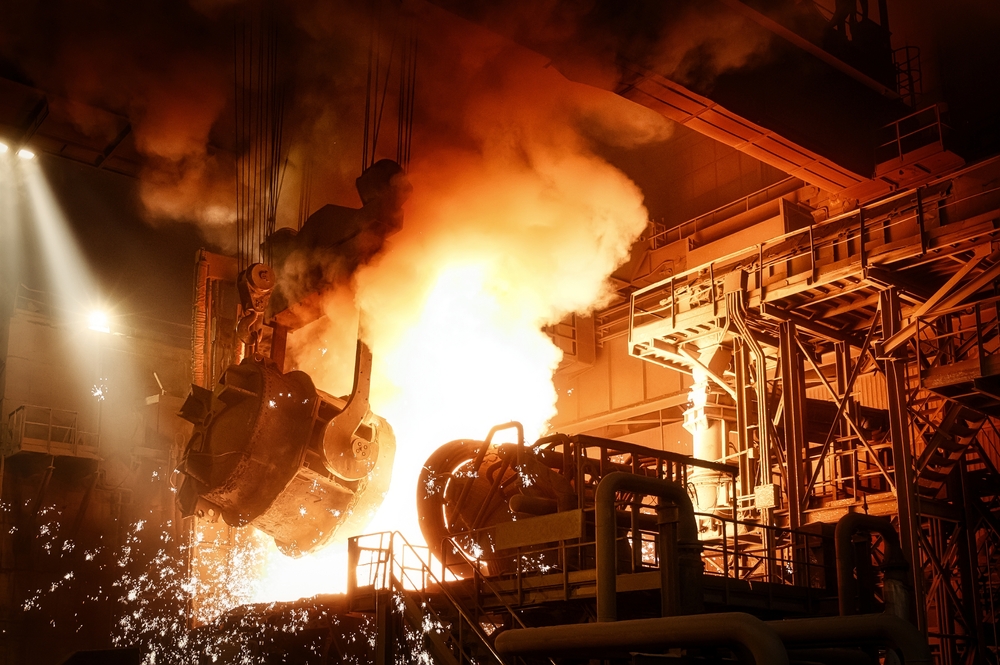
There are several main pathways being explored and developed for producing green iron and steel, including hydrogen-based direct reduced iron, waste-steel recycling and iron ore electrolysis.
Most steelmakers propose upgrading existing blast furnaces with renewable injectant and sustainable burden (RISB) technologies, combined with carbon capture, utilisation and storage.
This process, being developed by Professor Shen, substitutes part of the coal input with renewable feedstocks and traps some of the resulting carbon dioxide that would still be emitted, at a lower scale, for storage or industrial use.
The RISB technology has proved its effectiveness in industry practice in helping decarbonise existing sites without a full rebuild. It has the potential to transform the processing of lower-grade iron ores through the existing BF-BOF steelmaking route to lower emissions operations in the short to medium-term.
Although some residual emissions will still occur, this process is a viable solution for substantial decarbonisation of existing large-scale plants, with the lowest cost and highest feasibility.
“Most of the pollution from making steel comes just from ironmaking, the step of turning iron ore into iron, mostly in blast furnaces that burn coal,” Professor Shen said.
“If we want truly green metals, fixing this ironmaking step, which is coal-based, is the main challenge, rather than mining and mineral processing, which are largely electricity-based.”
Professor Shen’s team is working with the global leaders across the entire supply chain including steelmakers Baowu and BlueScope, iron ore producers such as Rio Tinto (ASX: RIO) and BHP (ASX: BHP) as well as many SMEs.
Scaling a green industry future
Many of these innovations remain at the pilot or demonstration stage as scaling the technology to meet the global demand for steel is a major technical and logistical challenge.
The cost of a reliable supply of green hydrogen and renewable electricity is still higher than conventional energy, making green steel as much as 20-50% more expensive than its traditional counterpart, according to UNSW.
The supply of scrap metal, a key feedstock for the cleanest and cheapest green steel process, is also limited — especially in rapidly-developing regions.
“The best way to develop new technologies for heavy industries is to use a step-by-step research and development method that starts with safe and low-cost computer simulations to test and refine ideas, followed by lab experiments to confirm the results and finally large-scale plant tests to show the technology works in practice,” Professor Shen said.
“All of this is why researchers and industry are trying to find new, feasible and cleaner ways for ironmaking — to cut out coal, which is the key to a net zero future of green steel.”



